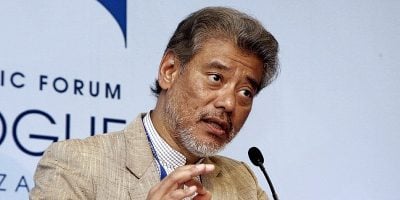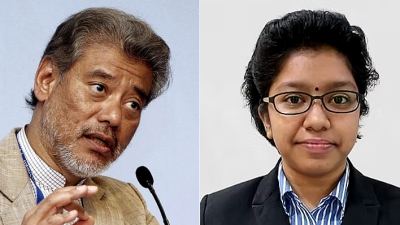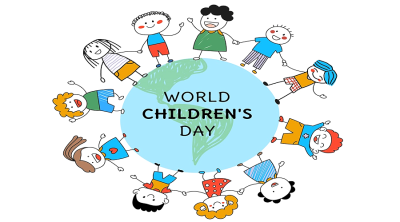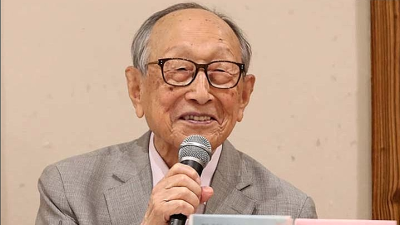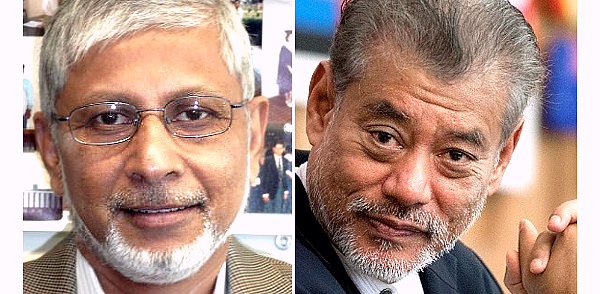
The outlook for LDCs is grim”. The latest United Nations (UN) assessment of prospects for the least developed countries (LDCs) notes recent setbacks without finding any silver lining on the horizon.
Promises unkept
Half a century ago, LDCs were first officially recognized by a UN General Assembly resolution. It built on research, analysis and advocacy by the UN Conference on Trade and Development (UNCTAD).
The landmark 1971 declaration drew attention to LDCs’ unique challenges and pledged support from the international community. The UN has convened four LDC conferences since, with each adopting a 10-year program of action for national governments and ‘development partners’.
But actual progress has been disappointing, with only seven countries ‘graduating’. The list of LDCs has grown to 46 as more ‘qualify’ to ‘join’. With the fifth conference due in Doha in January 2022, some critical soul-searching is urgently needed for efforts not to disappoint yet again.
The failure of development partners to meet their commitments has been a major long-standing problem. Only 6 of 29 Organization for Economic Cooperation and Development (OECD) partners have kept their promise to give at least 0.15% of their national incomes as aid to LDCs.
As the 1969 UN definition of official development assistance (ODA) has been compromised, the UN report unsurprisingly laments declining aid ‘concessionality’. New OECD aid reporting rules mean its numbers do not reliably measure additional sustainable development finance.
Systemic incoherence
The UN uses three criteria – income, human assets and vulnerability – to classify LDCs. Although nominally part of the UN system, the World Bank and International Monetary Fund do not recognize LDCs.
Instead, the Bank only uses income to classify countries, with only low-income countries eligible for concessional loans from both Bank and Fund. Thus, ‘middle-income’ LDCs – so classified due to poor human assets and/or high vulnerability – are left out.
When the Agreement on Trade-Related Aspects of Intellectual Property Rights (TRIPS) was adopted in 1995, LDCs were given more time to comply: first, until November 2005, extended to July 2013, then July 2021, and most recently, July 2034. But such ad-hoc postponements undermine LDCs’ long-term planning.
Instead of the current ‘case-by-case’ approach, LDCs need more predictability. The grace period should be while a country remains an LDC as proposed by Chad, say, plus a further 12 years after graduation, . The 12-year ‘grace period’ should also apply to other “international support measures”, including all types of special and differential treatment.
Limited market access
LDCs account for only 0.13% of global trade. But despite touting trade liberalization as necessary for development, OECD countries have not given LDCs much access to their own markets. Allowing more meaningful ‘duty-free, quota-free’ (DFQF) access is thus crucial to LDCs.
Helpful 97% DFQF access for LDCs to developed country markets was agreed to at the 2005 World Trade Organization (WTO) ministerial in Hong Kong. But most LDC exports are concentrated in a few tariff lines, such as agricultural products and textiles, still subject to constant re-negotiation.
Tariff reduction alone is no panacea, as non-tariff measures have posed barriers to LDC exports. Regulatory standards – e.g., ‘sanitary and phyto-sanitary’ requirements – and ‘Rules of Origin’ clauses limit LDC eligibility for preferences. Even when requirements are met, onerous procedures can still frustrate access.
Also, preferential arrangements – like the European Union’s ‘Everything But Arms’ initiative and the US ‘Generalized System of Preferences’ (GSP) – have often been arbitrarily implemented.
Needing frequent Congressional approval makes GSP unpredictable, ever subject to capricious new conditions. Thus, some US lawmakers are demanding that GSP renewal – which expired on 31 December 2020 – should be subject to conditions such as particular human rights, rule of law, labor or environmental regulation priorities.
Trade concessions?
Despite the lofty 2000 Millennium Declaration, OECD countries have conceded little since. After the African walkout at the 1999 Seattle WTO ministerial, the promise of a ‘Development Round’ brought developing countries back to the negotiating table. Launched in Doha after 9/11, “with much rhetoric about… global unity”, there was little enthusiasm among rich countries.
Still pushing developing countries to open their markets more, rich countries demanded they lower tariffs to nearly zero in sectors never previously covered by multilateral trade agreements, including agriculture and services.
Refusing to recognize tariffs as poor countries’ means to protect their farmers and ensure food security, OECD demands ignore their own heavy subsidization of food agriculture. Also, LDC protection of their modern services – still in ‘infancy’ – is deemed necessary to withstand transnational competition.
OECD countries became more protectionist after the 2008-2009 global financial crisis, later pursuing bilateral, regional and plurilateral ‘free trade’ agreements. In December 2015, the Financial Times gleefully proclaimed “the Doha Round had finally died a merciful death” after long being comatose.
Preferential trade?
Despite DFQF market access, ‘margins of preference’ (MoP) for LDC products have been squeezed by other developing countries’ exports. MoP refer to the difference between preferential rates for LDCs and other rates. These may refer to ‘Most Favored Nation’ (MFN) rates available to all countries, or preferential rates available to some.
Meanwhile, tariffs have fallen with MFN liberalization, in some cases to zero. Tariff cuts have deprived LDCs of important revenue. ‘Aid for Trade’ (A4T) – purportedly to promote exports – has never tried to compensate developing countries for lost tariff revenue.
Moreover, A4T conditionalities make them less developmental. A4T is often used for trade policy capacity building – typically focused on encouraging LDCs to open their markets more, as desired by rich countries – rather than enhancing LDCs’ productive capacities and capabilities.
Even if market barriers are reduced, most LDCs still lack the infrastructure and support services to export much more. OECD countries demand LDC trade liberalization even before they have developed sufficient productive capacities. Hence, even ‘graduate’ LDCs fail to become internationally competitive.
International solidarity critical
While LDCs’ lot remains dismal, new challenges have emerged. For many LDCs, global warming poses an existential threat. The pandemic has also worsened their lot. Inadequate international fiscal support and the high costs of containing the pandemic meant 2020 saw LDCs’ worst growth since the 1980s’ lost decade.
The UN report acknowledges even the meager progress “painstakingly achieved on several dimensions of development, notably on the fronts of poverty, hunger, education and health” has been reversed. Besides emerging challenges, the LDCs conference must also address the roots of their condition.
LDCs’ development trajectories and options are shaped by the global environment. Besides foreign trade, concessional international financing is key to LDC progress. The latest UN LDCs report proposes new “international support measures”, but recent trends suggest they are unlikely to materialist.
This article was originally published on IPSNews.net.
Related IPS articles:
- Allow Least Developed Countries to Develop
- End Vaccine Apartheid
- Paltry International Support for Spending Needs Sets South Further Back
- Can the SDGs be financed?
- Opinion: International Tax Cooperation Crucial for Development
(Anis Chowdhury is Adjunct Professor, Western Sydney University and University of New South Wales, Australia. Jomo Kwame Sundaram was an economics professor and United Nations Assistant Secretary-General for Economic Development.)
ADVERTISEMENT
ADVERTISEMENT







